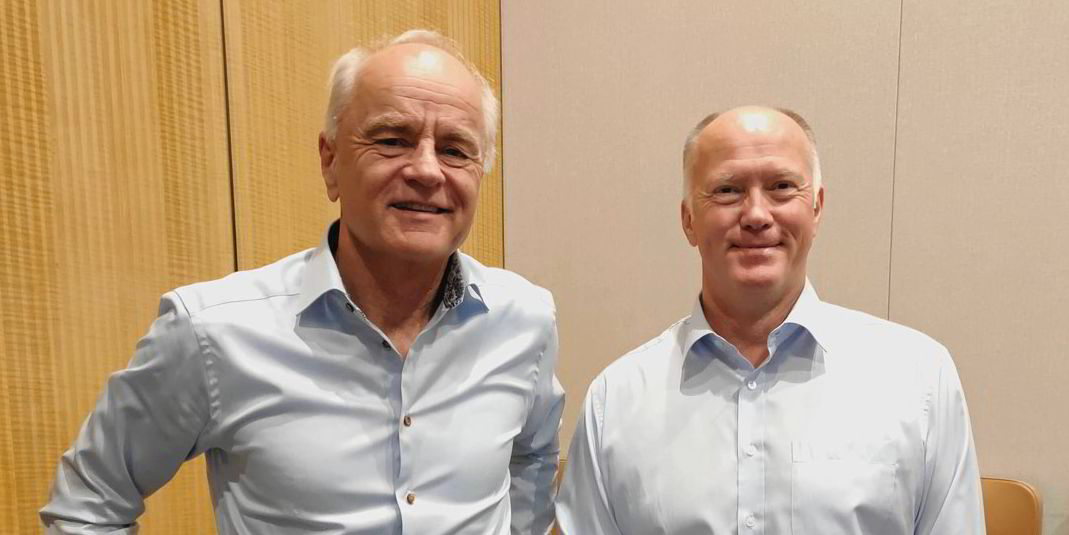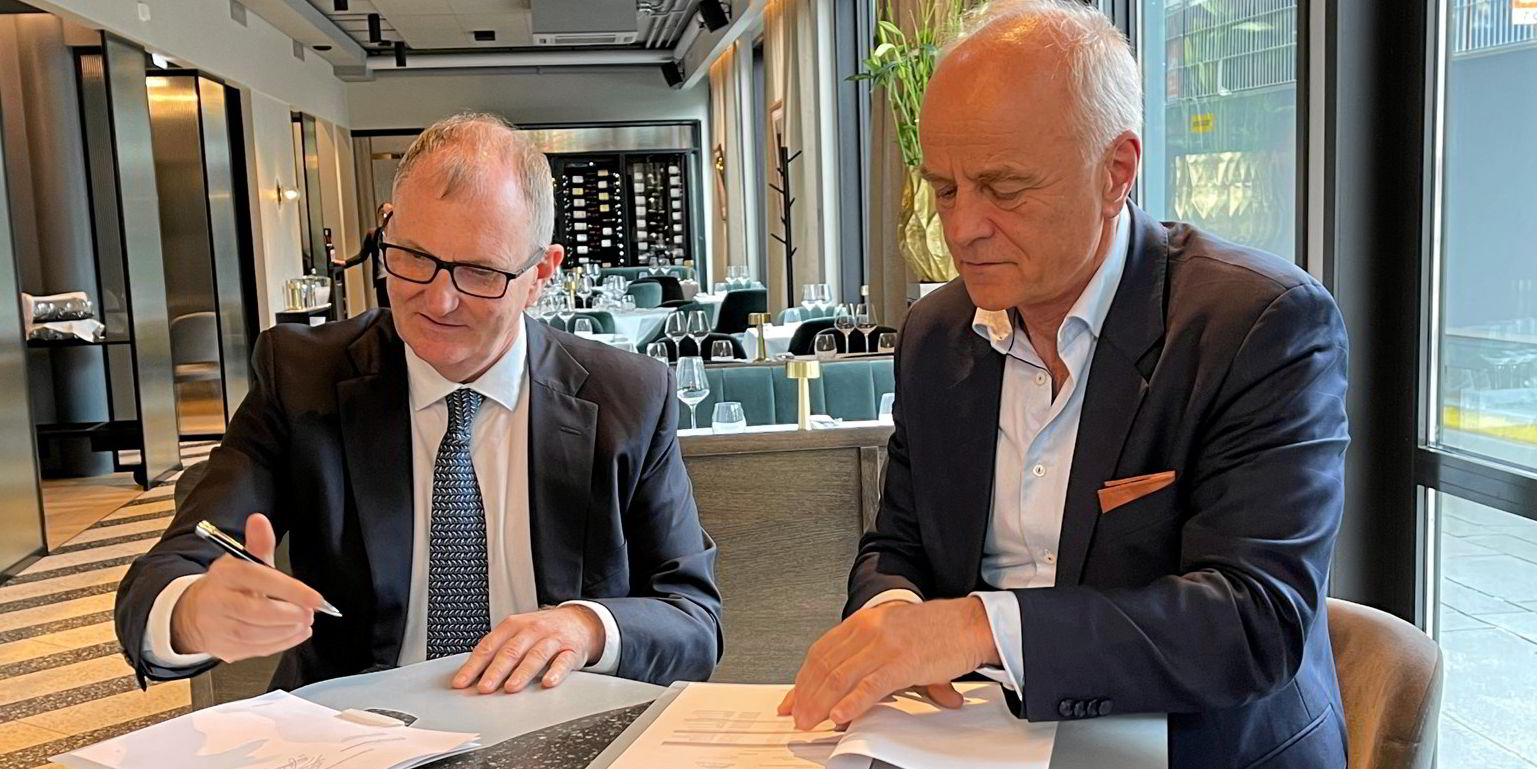While one of OSM Maritime’s major tanker owner clients may have had difficulties consummating its own mega-merger recently, the expansion-minded Norwegian ship manager has had no such problems
Singapore-based Thome Group proved a more than willing partner for the private equity-backed company’s growth ambitions.
OSM Maritime chief executive Finn Amund Norbye has described the two companies as a “pretty perfect match” from a cultural point of view.
“Both parties feel that the other party is an obvious match if you would like to go out and find a good partner,” he told TradeWinds.
“Both companies have this Norwegian heritage. They also have a very similar business culture as well as sharing the same values.”
Norbye said culture is very important when mixing or merging two entities.
“I’m sure it can be quite complex if the business culture is quite different, but in this case, we regard the business culture as quite similar,” he said.
The combined entity will have more than 1,000 ships under third-party management and Singapore is set to be a key beneficiary of the merger, according to Norbye.
“The Singapore operation will be very significant, with more than 200 vessels being operated from this office,” he said.
Norbye said that while the two companies operate in fairly similar segments, they are also unique in other respects.
“We both have strength in the tanker and bulker segments as well as offshore exposure via our large number of offshore clients,” he said.
Two and a half years ago, OSM bought the in-house ship management company of John Fredriksen’s Frontline and Golden Ocean Group. And earlier in 2020, it took over the management of 37 vessels from the fleet of Kristian Gerhard Jebsen Skipsrederi and six GC Rieber offshore vessels.
“But we are also quite large in specialised segments. For example, Thome is very strong in chemical carriers, while we are very strong in shuttle tankers and car carriers, which are unique.”
Norbye said from this point of view the companies are not “terribly different” with a lot of the same competencies, although he added that they do “complement each other to some extent”.
The merger also brings increased size, something which Norbye believes is important for a ship management company.
“So we are also looking at opportunities to create a sizeable company. We are strong believers in size for ship management companies, as the sector is all about economy of scale,” he said.
We are strong believers in size for ship management companies, as the sector is all about economy of scale
— OSM Maritime chief executive Finn Amund Norbye
“The feedback we get from our major customers is that they also look favourably at size.”
However, Norbye said OSM Thome does not want to be a “big, bureaucratic company”.
“If you look at how this combined entity will look after the merger, it is important that we have a decentralised business so people can take decisions close to the customer. This is crucial, otherwise we will lose them,” he said.
Norbye said scale will also help ship managers, as well as ship owners, address a lot of the challenges going forward in terms of new rules and regulations that are being imposed such as those relating to cyber, digitilisation and finally, green shipping.
“It is very difficult dealing with these issues if you are small,” said Norbye. “You need people, you need competence, and you also need financial muscle. I think the recipe for all three is to make sure that you grow in size.”
While Norbye is reluctant to focus on the ownership and value of the new company and how the deal has materialised in terms of financial issues, he did provide some insight into how he values a ship manager.
“There are different ways to [determine] value, but companies like this would use traditional valuation [methods] such as Ebitda multiples and then you could argue that you could put more emphasis into certain strategic areas or topics for example. But typically, it boils down to multiples,” he said.
With any merger of two companies, there will always be overlaps, but Norbye is unwilling at this stage to discuss the potential for any job cuts.
Together, the two companies have a total of 32,000 employees, of which 2,000 are shore-based staff spread across 22 countries.
“We have significant locations where there are overlaps,” admitted Norbye. “We will spend 2023 doing a thorough and good integration between the two companies. So, it is difficult to say right now how that will work out.”





